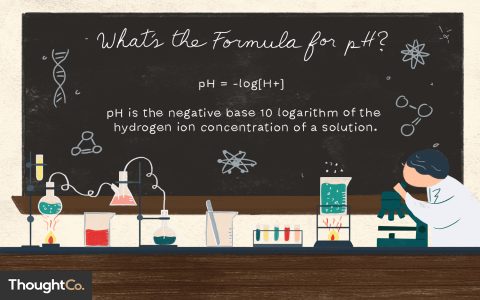Chemists rely on a structured hierarchy of information sources to conduct research, stay updated, and ensure safety. Understanding these sources is crucial for effective scientific practice.
Primary Sources
Primary sources present original research findings, methodologies, and data. They are the foundation of scientific knowledge.

- Scientific Journals: Peer-reviewed articles detailing new experiments, theories, and discoveries. These are the most common form of primary literature.
- Conference Proceedings: Collections of papers and abstracts presented at scientific conferences, often representing cutting-edge research.
- Dissertations and Theses: In-depth research reports submitted for academic degrees, providing comprehensive details of a specific study.
- Patents: Legal documents granting exclusive rights to an inventor for a new invention, process, or composition of matter. They contain detailed technical descriptions.
Secondary Sources
Secondary sources analyze, interpret, compile, or summarize information from primary sources. They provide context and accessibility to existing research.
- Review Articles: Critical evaluations and summaries of research on a specific topic, often published in dedicated review journals or as part of regular journals.
- Abstracting and Indexing Services: Databases that provide bibliographic information and abstracts of primary literature, facilitating literature searches.
- Monographs and Treatises: Comprehensive books covering a specific chemical subject in depth, written by experts.
- Reference Databases: Curated collections of chemical data, such as properties, spectra, structures, and reactions, compiled from primary literature.
Tertiary Sources
Tertiary sources provide overviews or broad summaries of topics, often drawing from secondary and primary sources. They are useful for general understanding and quick reference.
- Textbooks: Designed for educational purposes, providing fundamental principles and established knowledge in various chemistry disciplines.
- Encyclopedias and Dictionaries: Offer concise definitions and background information on a wide range of chemical terms and concepts.
- Handbooks: Compilations of essential data, constants, and formulas frequently used by chemists (e.g., physical properties, safety data).
Chemical Databases
Specialized databases are indispensable tools for modern chemists, offering structured access to vast amounts of chemical information.
- Structural Databases: Store information on chemical structures, including 2D and 3D representations, and often link to other data.
- Reaction Databases: Contain details of chemical reactions, including reactants, products, conditions, and yields.
- Property Databases: Compile physical, chemical, and toxicological properties of substances.
- Spectroscopic Databases: Collections of spectral data (NMR, IR, MS, UV-Vis) used for substance identification and structural elucidation.
Safety Information Sources
Access to reliable safety information is paramount in chemistry.
- Safety Data Sheets (SDS/MSDS): Comprehensive documents detailing the hazards, handling, storage, and emergency measures for specific chemicals.
- Regulatory Databases and Guidelines: Information from governmental and international bodies concerning chemical safety, exposure limits, and handling regulations.
Professional Organizations and Societies
These bodies are key sources for current research, professional development, and networking.
- Publications: Many societies publish high-impact journals, magazines, and books.
- Conferences and Meetings: Platforms for disseminating research, learning about new developments, and fostering collaborations.










